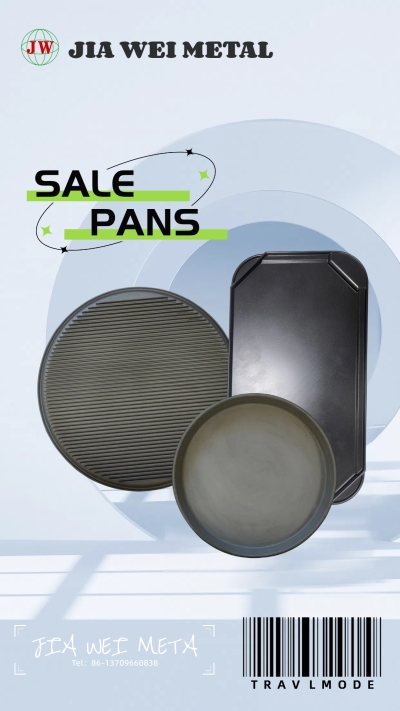
Which medical machinery are made by casting?
2025-04-20 15:00
Which medical machinery are made by casting?
In the highly regulated and innovative field of medical technology, casting processes play a significant role in the production of various medical machinery. Casting, with its ability to create complex shapes and precise components, has become an indispensable manufacturing method for a wide range of medical devices. This article explores the different types of medical machinery that are made using casting techniques.
Orthopedic Implants: A Prime Example of Casting in Medicine
Orthopedic implants are among the most common medical products produced through casting. Hip replacements, knee implants, and spinal fixation devices are often crafted using investment casting or die casting methods. Investment casting, also known as lost - wax casting, is particularly suitable for creating these implants. In this process, a wax pattern of the implant is first created. The wax pattern is then coated with a ceramic shell. After the shell is fired to remove the wax, molten metal, typically a biocompatible alloy such as titanium or cobalt - chromium, is poured into the shell. The result is a highly detailed and precisely shaped implant.
Titanium alloys are popular for orthopedic implants due to their excellent biocompatibility, high strength, and corrosion resistance. Die castingcan also be used for some orthopedic components, especially those with more straightforward geometries. Die casting involves injecting molten metal into a mold under high pressure, allowing for efficient production of parts with consistent quality. For example, some components of orthopedic braces or prosthetics may be die - cast from lightweight yet strong materials.
Surgical Instruments: Precision Cast for Performance
Surgical instruments are another area where casting techniques are widely applied. Scalpels, forceps, and retractors often have components that are cast. Stainless steel is a common material for these instruments, and both investment casting and die casting can be used to shape them. Investment casting allows for the creation of intricate and detailed surgical instrument parts. The process can achieve a high level of precision, ensuring that the instruments fit together perfectly and function smoothly during surgical procedures.
For example, the jaws of forceps may be cast to have a specific shape and surface texture for better gripping of tissues. Die casting, on the other hand, can be used for larger or more standardized surgical instrument components. It offers the advantage of high - volume production, which is essential for meeting the demands of hospitals and surgical centers. The ability to cast surgical instruments also allows for the incorporation of special features, such as serrations or textured surfaces, to enhance their functionality.
Medical Equipment Components: Behind - the - Scenes Casting
Many components of larger medical equipment are also made by casting. In X - ray machines, for instance, some of the structural components and parts of the X - ray tube housing may be cast. These parts need to be strong and able to withstand the high - energy radiation and mechanical stresses associated with X - ray operation. Casting allows for the production of components with the necessary thickness and structural integrity.
Similarly, in magnetic resonance imaging (MRI) machines, certain parts that interact with the magnetic field or house sensitive electronics may be cast. These components need to be made from materials that do not interfere with the magnetic field and can be precisely shaped to fit within the complex design of the MRI machine. Aluminum alloys, due to their non - magnetic properties and good mechanical strength, are often used in casting such components.
Dental Equipment and Prosthetics: Casting for Oral Health
In the dental field, casting is used to create a variety of products. Dental crowns, bridges, and implants are frequently made using investment casting. Gold alloys, along with other biocompatible metals and ceramics, are commonly used materials. The investment casting process enables the creation of dental prosthetics that fit precisely in the patient's mouth, ensuring proper function and aesthetics.
Dental equipment such as orthodontic brackets and some parts of dental drills may also be cast. Casting allows for the production of these components with the necessary precision and durability to withstand the rigors of dental procedures.
Quality Control and Regulatory Compliance
When casting medical machinery, strict quality control measures are in place. Every cast component must meet rigorous international standards and regulations to ensure patient safety. Non - destructive testing methods, such as X - ray inspection and ultrasonic testing, are used to detect any internal defects in the cast parts. Mechanical testing is also carried out to verify the strength and durability of the components.
Manufacturers must comply with regulations set by agencies such as the Food and Drug Administration (FDA) in the United States or the European Medicines Agency (EMA) in Europe. These regulations govern the materials used, the manufacturing process, and the final product's performance and safety.
In conclusion, casting techniques are widely utilized in the production of medical machinery. From orthopedic implants and surgical instruments to components of larger medical equipment and dental products, casting provides the precision, strength, and customization required in the medical field. As medical technology continues to advance, casting processes will likely play an even more significant role in creating the next generation of life - saving and life - improving medical devices
Get the latest price? We'll respond as soon as possible(within 12 hours)












